Types of dynamic brakes
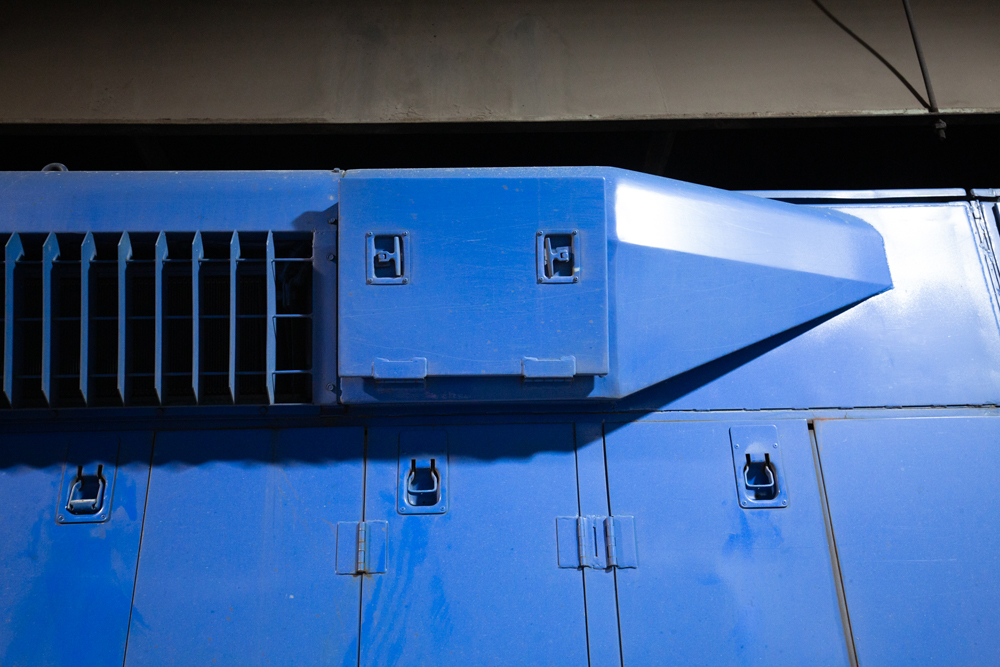
Dynamic brakes are a supplemental braking system that is the conversion of a locomotive’s traction motors from electric motors to electric generators. This allows a train’s speed to be adjusted by the engineer using a lever in the cab to vary the amount of electricity sent through a series of resistance grids that convert the electrical energy produced to heat.
On a DC locomotive, the generator is connected to all the traction motor fields in series. The excitation of the auxiliary generator provides the variable braking effort. The greater the excitation, the more resistance is applied to the train to slow it down.
AC traction locomotives use their traction motors as alternators, sending its voltage back through rectifying diodes in the locomotive’s inverters to be converted to DC and sent to the DC link before being routed to the resistance grids for conversion to heat.
Decades ago, dynamic brakes were an option on diesel locomotives and different types and capacities were often available based on a customer’s needs.
Here’s a brief rundown on some of the different types and options that were available.
- Taper Dynamic Brakes: A dynamic brake system that varies based on the train speed and position of the dynamic brake handle. When operating at higher speeds, maximum braking occurs when the dynamic brake handle is in Position 4.
- Flat Dynamic Brakes: A dynamic brake system that provides braking effort based only on the dynamic brake handle position. This provides maximum retardation at handle Position 8.
- Standard Range: Provides maximum braking effort at approximately 18-25mph before beginning to drop as speed decreases.
- Extended Range: Provides maximum braking effort between approximately 6-25mph before beginning to fade as speed decreases. This is achieved by the locomotives ability to use fewer resistance grids as speed decreases, allowing maximum resistance at each ‘step’ or reduction of the number or grids in use.
- High Capacity: Uses higher capacity resistance grids, which provides an approximate 30% increase in dynamic braking effort.
On today’s modern AC locomotives, high capacity, extended range, flat dynamics are the norm, but the options above still remain in various configuration on many DC traction locomotives in service across North America.
Read “How dynamic brakes work,” for more information. Or “Dynamic braking 101.”
Updated March 20, 2024 to add auxiliary.






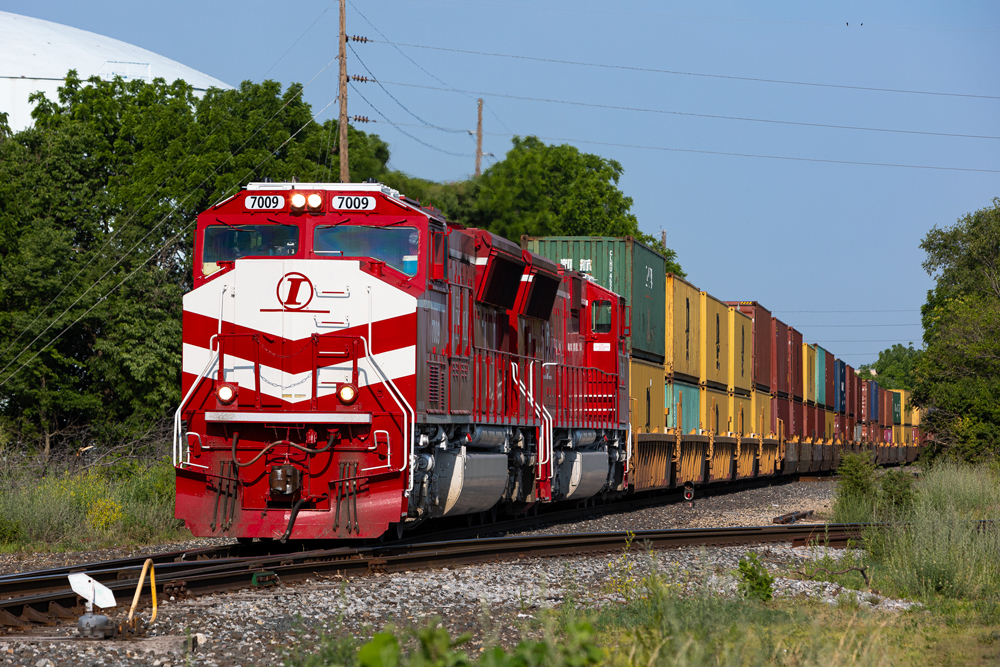
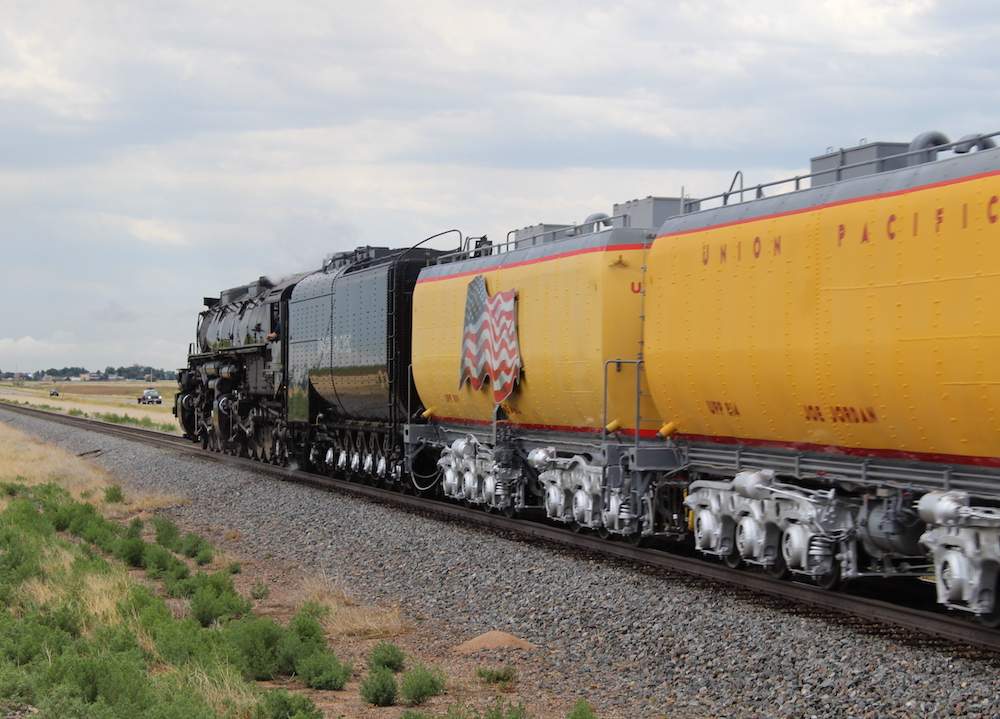
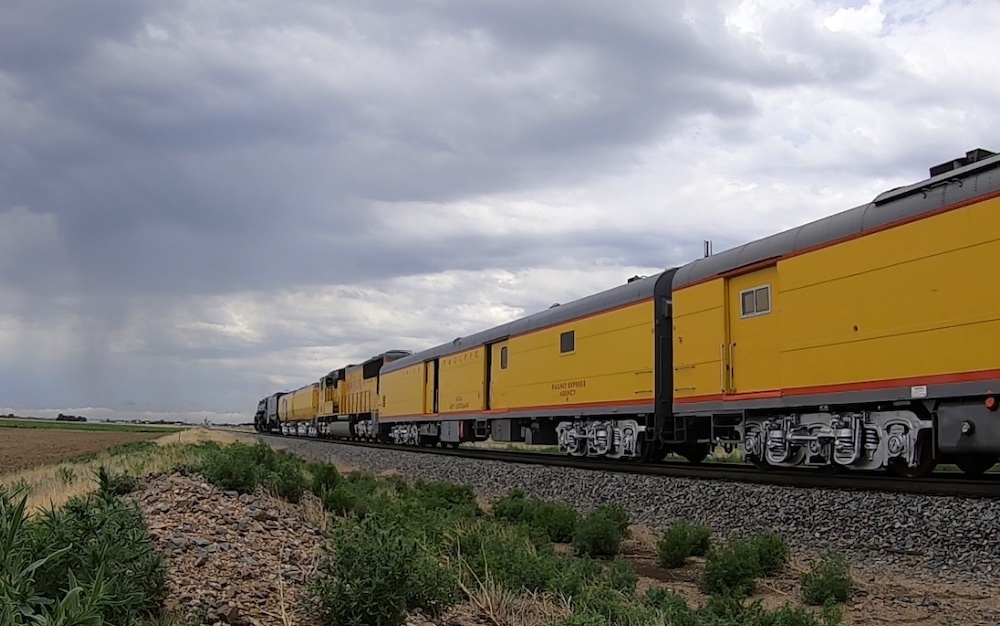
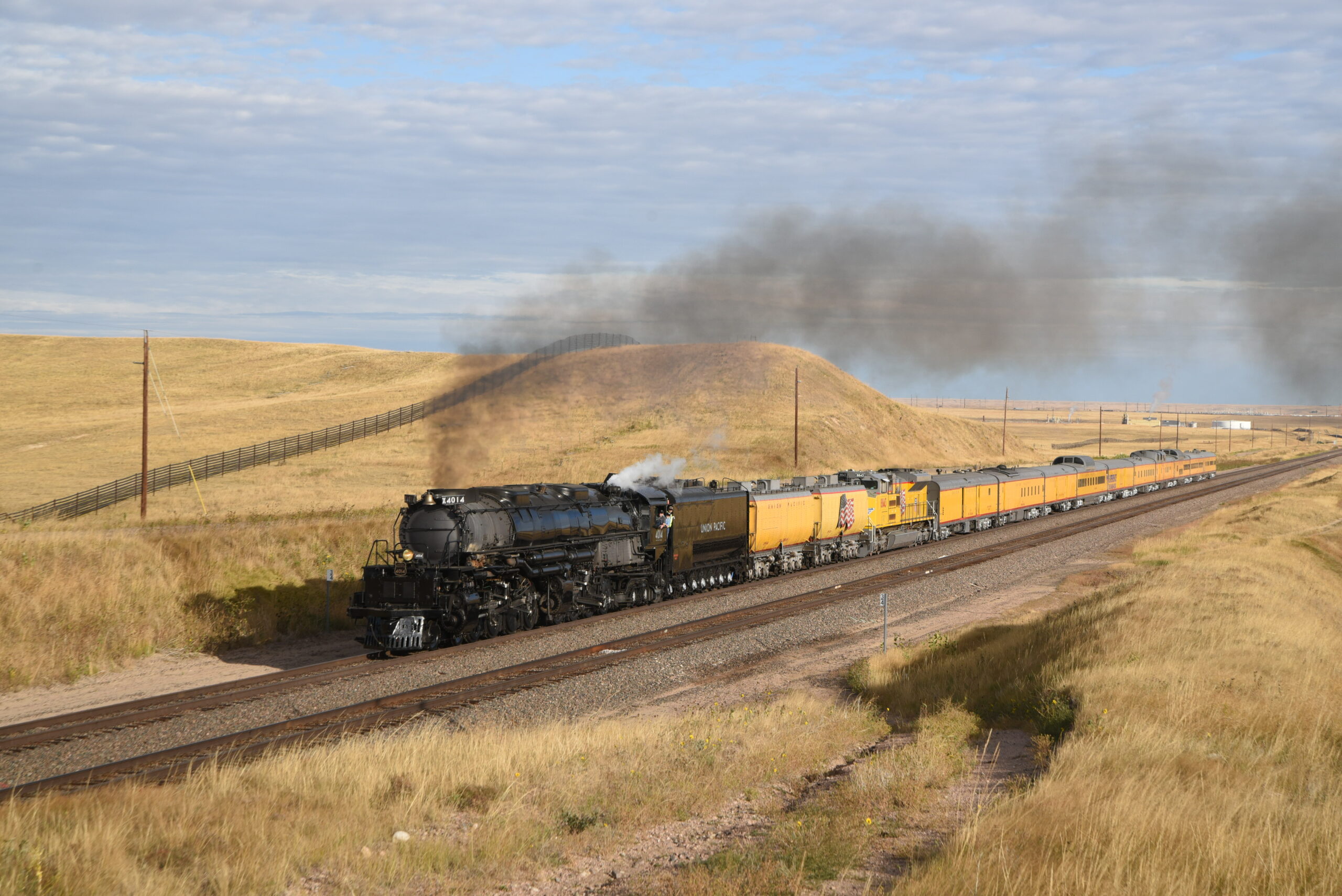




EMD’s early diesels (FT,GP-7 & GP-9) were equipped with a system called field loop dynamic braking and required a separate jumper cable between units. This system was incompatible with other manufacturers units that were equipped with the current train-line potential system.
A battery powered locomotive could be used to assist when climbing grades and be recipient of dynamic braking energy when descending. No more wasting all that energy through resistive grids.